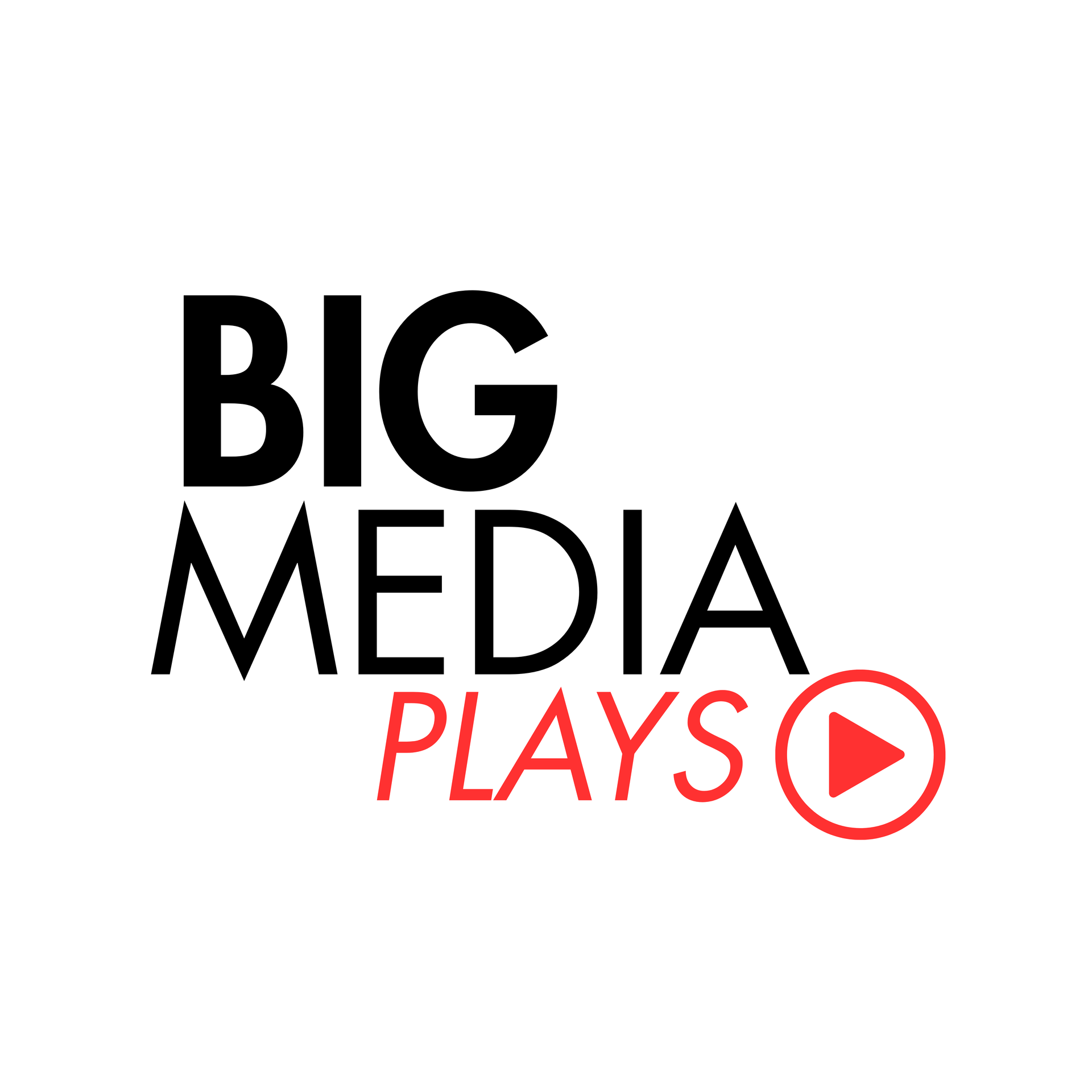The Anatomy of an Unforgettable Ad
Discover the five key elements that separate truly effective ads from forgettable noise.
A great commercial is a strategic blend of art and science, designed not just to be seen, but to be effective. It starts with a single, unforgettable message that cuts through the noise, avoiding the temptation to say everything at once. This core idea is then brought to life with an authentic emotional connection, making the viewer feel something genuine—whether it's humor, inspiration, or trust. Crucially, this feeling is seamlessly linked to clear and memorable branding, ensuring your business is the hero of the story. By respecting the viewer with a simple concept and providing a clear call to action, a great commercial transforms a 30-second spot into a powerful tool that builds your brand and drives real business growth.
A great commercial isn't just creative; it's a strategic tool that uses a single, emotional message to make your brand the unforgettable choice.
1. A Single, Unforgettable Message
A great commercial is disciplined. It focuses on conveying one single, powerful idea—your unique selling proposition. The entire commercial should be built to deliver that one message clearly and memorably.
- Example: Apple's "Get a Mac" Campaign (2006-2009). Each of the 66 commercials had the exact same structure and one single-minded message: Macs are simpler, cooler, and better than PCs. Whether the topic was viruses, setup, or bloatware, every ad relentlessly reinforced that one core idea, making the brand's primary benefit impossible to forget.
2. An Authentic Emotional Connection
People make decisions based on emotion. The best commercials tap into this by making the viewer feel something, whether it's humor, inspiration, relief, or a sense of trust and security.
- Example: Google's "Parisian Love" Ad (2009). This commercial told a complete love story using only the Google search bar. It showed no people and barely showed the product, yet it created a powerful, heartwarming emotional narrative. By making viewers feel the joy of that love story, Google forged a positive emotional connection to its brand.
3. Clear and Memorable Branding
An entertaining ad that no one can connect back to your business is a failure. Great commercials integrate the brand naturally and confidently, making it the hero of the story.
- Example: The Aflac Duck. The insurance company Aflac had a unique but easily forgettable name. They solved this by creating a character whose sole purpose was to loudly quack the brand name. The duck made the branding the central joke and the punchline of every commercial, brilliantly cementing an otherwise obscure name in the public's memory.
4. Surprising Simplicity
Viewers are bombarded with information. The most effective commercials cut through the noise with a simple, easy-to-understand concept that can be grasped in seconds.
- Example: The original Apple iPod "Silhouette" Campaign (2001). These ads were incredibly simple: black silhouettes dancing against vibrant backgrounds, with only the white earbuds and iPod visible. There was no dialogue, no complex features explained. The message was simple and universal: the pure joy of having your music anywhere. It was visually arresting and instantly understandable.
5. A Clear and Compelling Call to Action
A great commercial always answers the viewer's unspoken question: "What now?" It must guide them to the next step in a way that is simple, direct, and easy to act upon.
- Example: St. Jude Children's Research Hospital Commercials. These ads are masters of the CTA. After building an emotional case, they present a very specific, easy-to-understand action: "Become a Partner in Hope today for just $19 a month." The phone number and website are displayed clearly and for an extended time, making it as easy as possible for the viewer to follow through.


